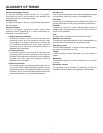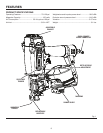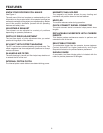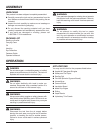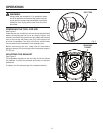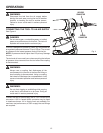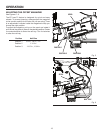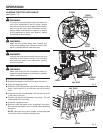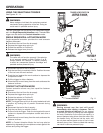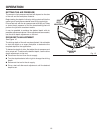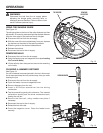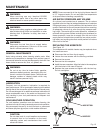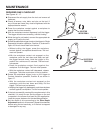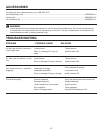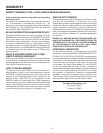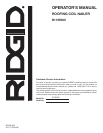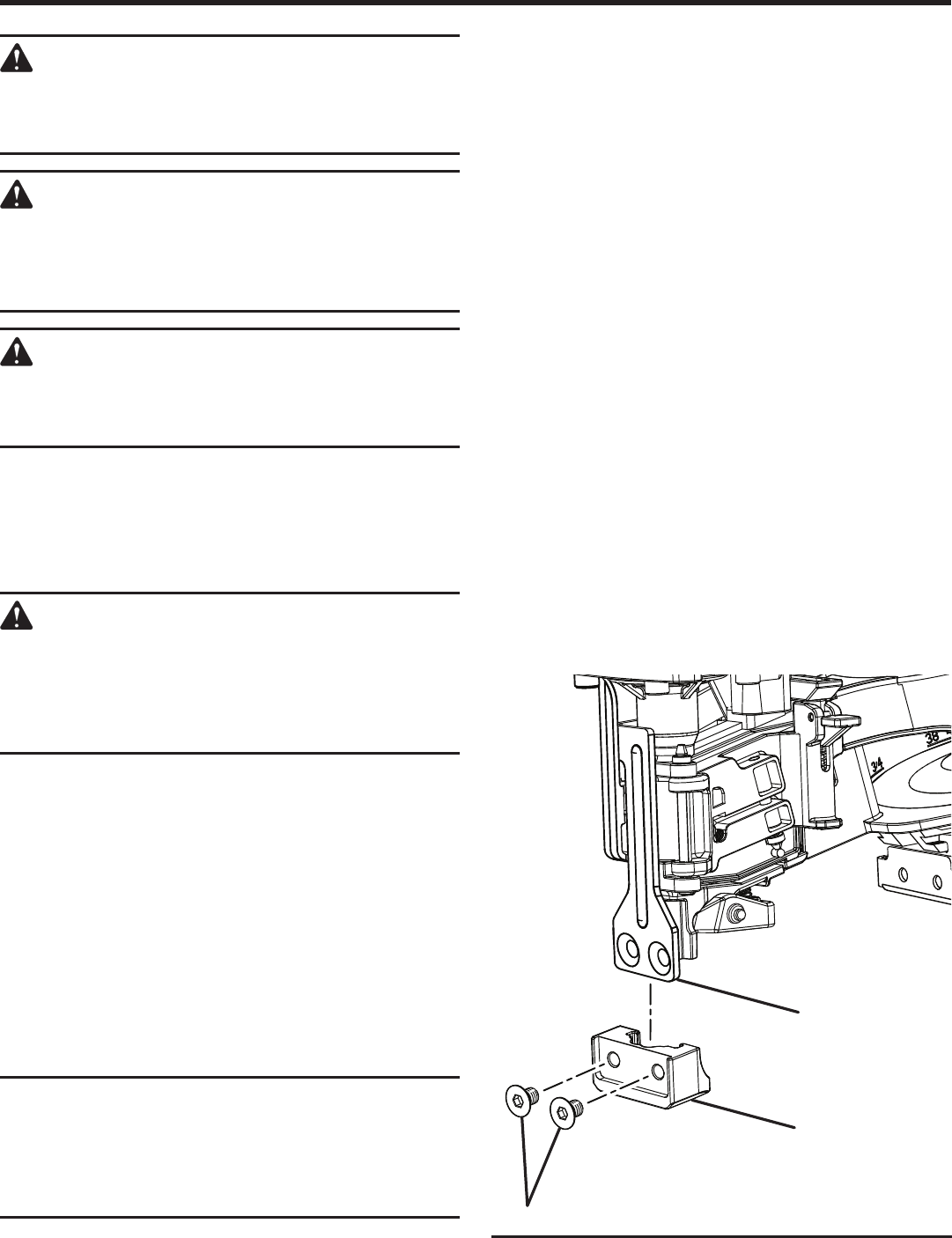
18
MAINTENANCE
NOTE: Some commercial air line drying liquids are harmful
to “O” rings and seals. Do not use these low temperature
air dryers without checking compatibility.
�AIR SUPPLY-PRESSURE AND VOLUME
Air volume is as important as air pressure. The air volume
supplied to the tool may be inadequate because of undersize
fittings and hoses, or from the effects of dirt and water in the
system. Restricted air flow will prevent the tool from receiving
an adequate volume of air, even though the pressure read-
ing is high. The results will be a slow operation, misfeeds or
reduced driving power. Before evaluating tool problems for
these symptoms, trace the air supply from the tool to the
supply source for restrictive connectors, low points contain-
ing water, and anything else that would prevent full volume
flow of air to the tool.
REPLACING THE NOSEPIECE
See Figure 15.
The nosepiece with carbide inserts may be replaced when
the inserts are worn.
Disconnect the tool from the air supply.
Loosen the nose screws with the hex key provided.
Remove the screws.
Remove the old nosepiece.
Install the new nosepiece. Align the holes in the nosepiece
with the holes in the nose of the tool.
Replace the nose screws and tighten with the hex key.
Do not overtighten.
WARNING:
When servicing use only identical RIDGID
replacement parts. Use of any other parts may
create a hazard or cause product damage.
WARNING:
Always wear safety goggles or safety glasses with
side shields during power tool operation or when
blowing dust. If operation is dusty, also wear a
dust mask.
WARNING:
Disconnect the tool from the air supply before
performing maintenance. Failure to do so could
result in serious personal injury.
GENERAL MAINTENANCE
Avoid using solvents when cleaning plastic parts. Most
plastics are susceptible to damage from various types of
commercial solvents and may be damaged by their use. Use
clean cloths to remove dirt, dust, oil, grease, etc.
WARNING:
Do not at any time let brake fluids, gasoline,
petroleum-based products, penetrating oils, etc.,
come in contact with plastic parts. Chemicals can
damage, weaken or destroy plastic which may
result in serious personal injury.
LUBRICATION
�Frequent, but not excessive, lubrication is required for
best performance. Oil for pneumatic fastening tools added
through the air line connection will lubricate the internal parts.
Do not use detergent oil or additives as these lubricants will
cause accelerated wear to the seals and bumpers in the
tool, resulting in poor tool performance and frequent tool
maintenance.
COLD WEATHER OPERATION
For cold weather operation near and below freezing, the
moisture in the air line may freeze and prevent tool operation.
We recommend the use of air tool lubricant or permanent
antifreeze (ethylene glycol) as a cold weather lubricant.
CAUTION:
Do not store tools in a cold weather environment
to prevent frost or ice formation on the tools’
operating valves and mechanisms that could
cause tool failure.
SCREWS
NOSEPIECE
NOSE OF TOOL
Fig. 15



